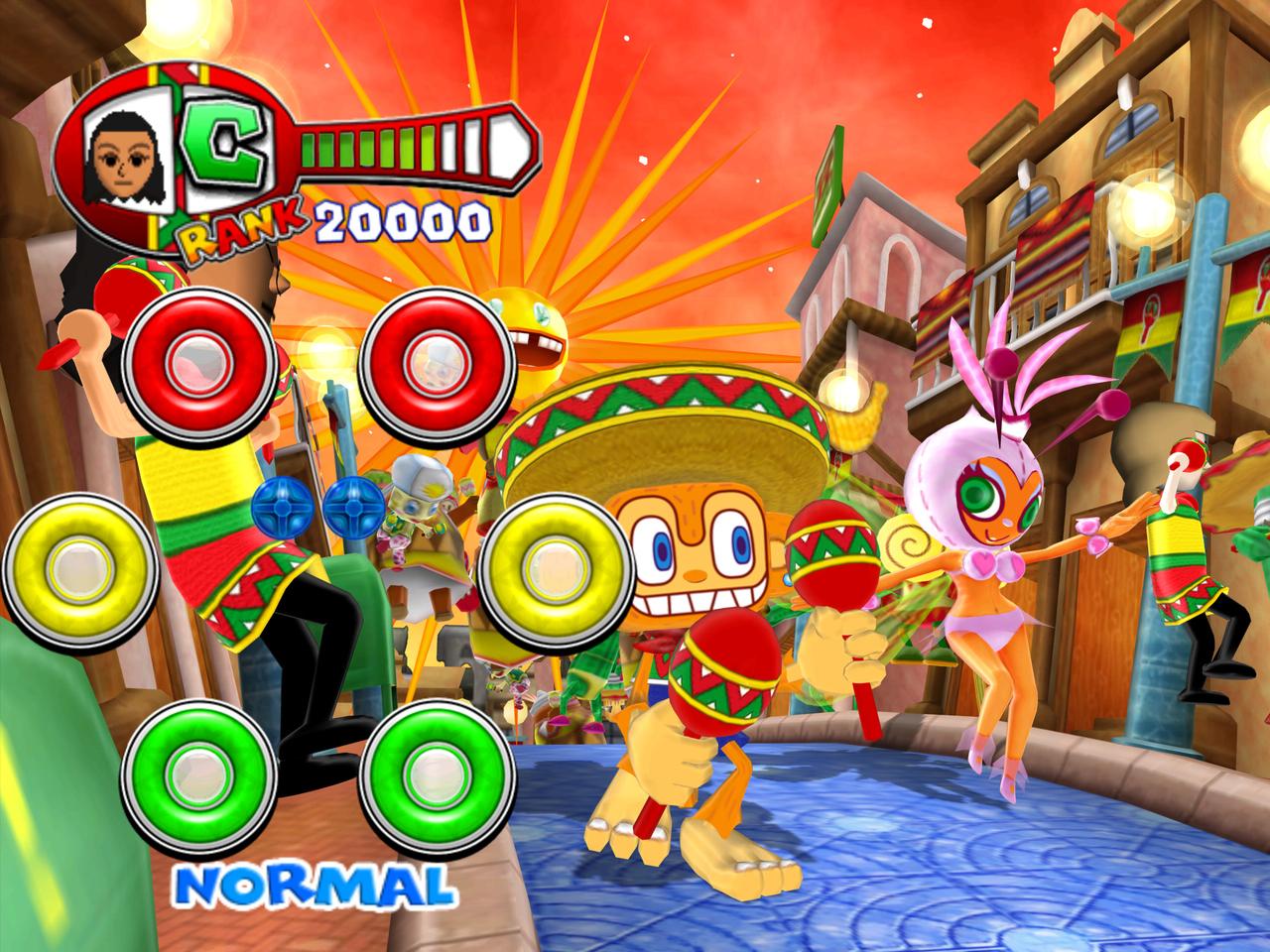

Traditional Samba is more of a show dance than a partner dance, which is why you see men and women at Carnival dressed so elaborately in bright colors often featuring exotic feather backpacks and headdresses. The obvious difference between Samba and Salsa is that they are different dance styles with different beat counts and footwork. What are the differences between Samba and Salsa? Some styles of Salsa are fast and frantic that include whirling partner moves while others are toned down and sensual, with hints of slow rhumba or Argentine tango in them. The dancers followed suit and added their moves that were both sophisticated and complicated. Salsa’s popularity skyrocketed to South America where renowned musicians like Dizzy Gillespie and Tito Puente began incorporating it into their sets. A local studio called Fania named the combination of sound ‘Salsa’ and played it across the entire island where the locals were captivated by the new music. The island was known for combining many different types of Latin dance like tango and flamenco. The music and dance styles of Salsa can be traced back to the 1920s where musical styles such as Mambo, Son Montuno, and African' came together in Cuba.

Salsa was developed by combining African and European dances where theatricality, sensuality, and acrobatics are the main focus. Like Samba, Salsa is extremely popular throughout the world, mainly in Puerto Rico, the Dominican Republic, and the United States. Salsa is a traditional dance that hails from the Island of Cuba. Whether danced solo or with a partner, Samba music excites people and gets them moving just like in festivals and street parties! Both dance and culture enthusiasts attend Samba dance performances at cultural festivals held across the globe. People from around the world love seeing performances of different types of Brazilian dance. Samba and Salsa music are two of the most lively and energetic celebratory dances today. Instead of being defined by a specific step, the Samba axe is characterized by the musical rhythm that’s set to either a fast or slow tempo. One popular style of solo Samba dance is the Samba axe which was introduced in 1992. Traditional Samba is known for its spontaneous dance movements and the energetic music that goes along with it. It is not unexpected though as Competitive Latin Ballroom Dance Samba was developed and has evolved to contain specific movements, beat counts, and styles in order to standardize the dance and make it one of the key Latin Dance competition styles around the world. Competitive Latin Dance Samba is always danced in pairs and is more structured than traditional Samba. It continues to be danced solo like the original dance, but can also be danced with a partner or in groups.Ĭompetitive Latin Ballroom Dance Samba and the Samba styles at carnival in South America are very different. The solo style of Samba (also known as Samba no pe) is danced as a celebration at festivals and parties.
SLOW SAMBA MUSIC PROFESSIONAL
The second is Competitive Latin Ballroom Dance Samba which is inspired by traditional Samba but has been developed into a professional Latin Dance style used in dance competitions around the world. The first is the more traditional Carnival style Samba that you often picture when thinking of Samba. Today there are two uniquely different types of dances to know when talking about Samba.

There is an important distinction that must be made when talking about Samba. After slavery ended, many of the dancers migrated outside cities where they put together dance troupes and performed in Carnivals. Samba is a style of dance that dates back to 19th century Brazil where its rhythm and movements were heavily influenced by African slave dances on sugar cane plantations. In this article, we’ll discuss the distinguishing features of Samba and Salsa so you can better understand the difference between these two dance styles. Having a good understanding of both dances is crucial if you want to do competitive ballroom dancing. Today, Samba and Salsa have become the favorites for dancers who are eager to join ballroom and Latin dance competitions.ĭespite originating from different roots, many people often confuse Samba for Salsa and vice versa. Both originated from a single culture before they became globally popular thanks to their expressive style. Dancing has long been a symbol for a culture’s uniqueness and two the most popular traditional dances today are Samba and Salsa.


 0 kommentar(er)
0 kommentar(er)
